

In the United States, nurses and nurse aids are at a high risk for musculoskeletal injuries related to lifting and maneuvering patients. This is likely due to a nurse lifting a cumulative weight equivalent to 1.8 tons in an 8-hour shift. 1 One way to reduce the risk of injuries is to invest in mechanical lifts. However, a more common way to reduce these risks is to work in teams, or alone, while utilizing gait or transfer belts.
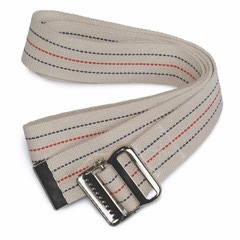

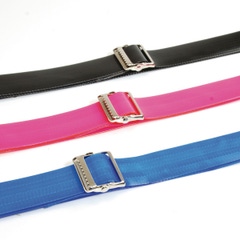

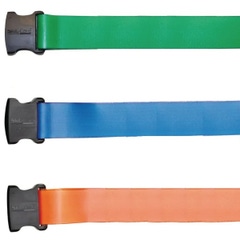
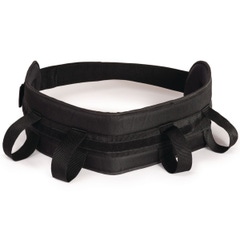

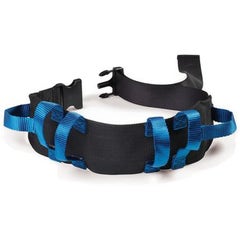

Gait belts are most commonly and effectively used for patients who are partially dependent and have some sort of weight-bearing capacity. For moving someone laterally in a sitting position, movable seats are often used in conjunction with a gait belt. However, transfers from chair to chair, bed to chair, or chair to car can be done with just a gait belt. Other situations that may call for using a gait belt include repositioning within a chair and, in some cases, when guiding and controlling falls or helping a patient up after a fall. 2
While transfers can be done with one person, more than one caregiver may be needed. This extra person can either be on standby when a transfer is being done, or they can be involved initially in helping transfer a patient. Not every patient is suitable for having a gait belt used on them. Often it isn’t recommended when the patient is heavier or has had a recent back or abdominal surgery. 2
When wrapping the gait belt around the patient, ensure a layer of clothing is between the resident’s skin and the belt to avoid abrasion. After ensuring the belt is securely fastened, you should keep the patient as close to the caregiver as possible during the transfer. When making a transfer, you should also transfer the patient to their stronger side. Additional tips on transfers can be found below. 2
Transfer Tips when Using a Gait Belt
There are a variety of gait belts offered to help assist in lifting and moving patients. While some are simple, others offer options to give extra help and support to caregivers by having handles included. You can find some of our various gait belt options below to help transfer patients.
1. Sammons Preston Gait Belts
These gait belts are made of cotton webbing with a metal buckle to help aid caregivers when lifting or transferring mobility patients. They also come in a variety of lengths and colors and can be adjusted quickly and easily.
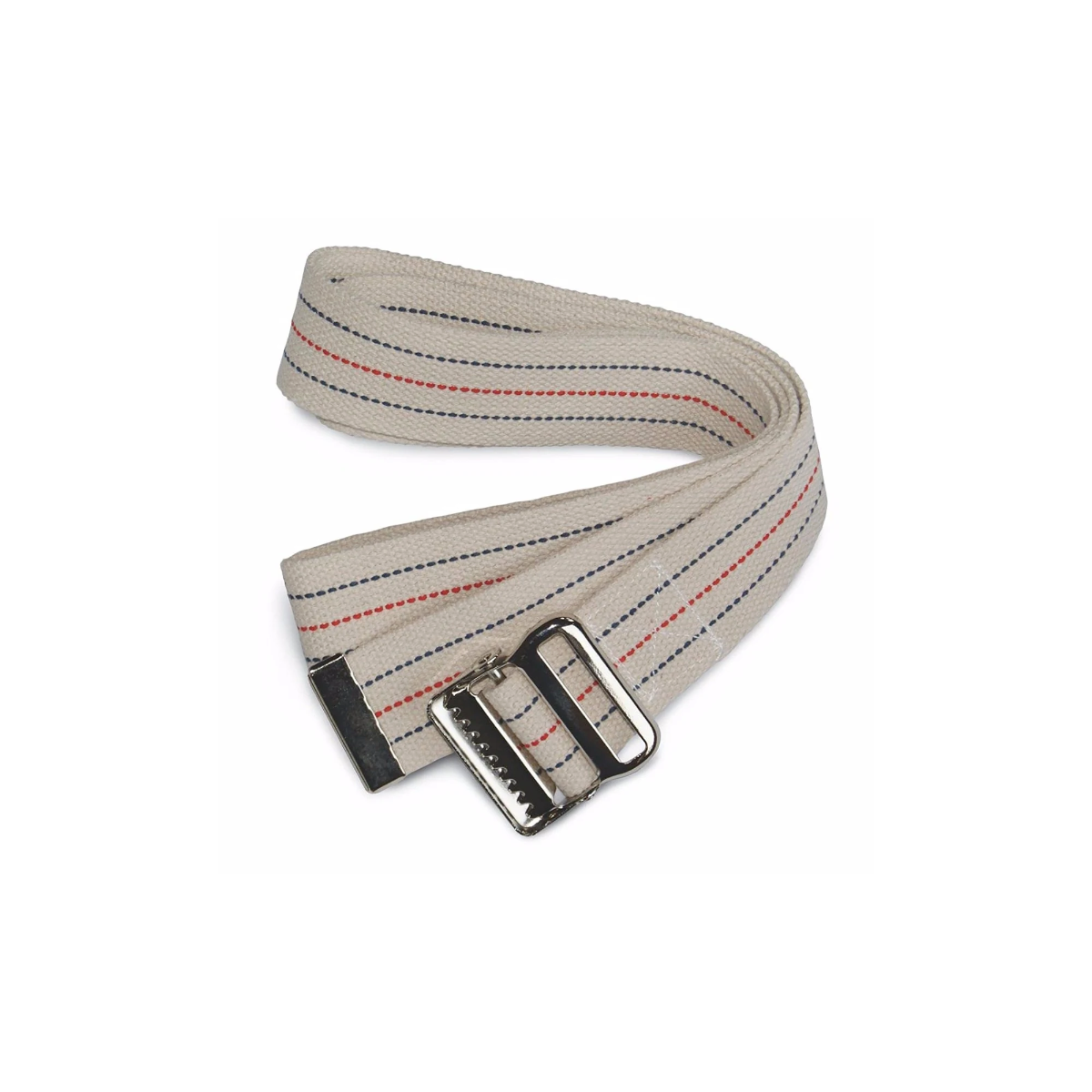
2. Sammons Preston Quick Clean Gait Belts
Easier to grab than the Sammons Preston Economy Quick Clean Belt, this Quick Clean belt is 50% thicker. Its webbing is 2 inches wide and is easy to clean with a disinfectant. This product is available with a plastic, polyethylene buckle, or a heavy-duty metal buckle depending on what you prefer.
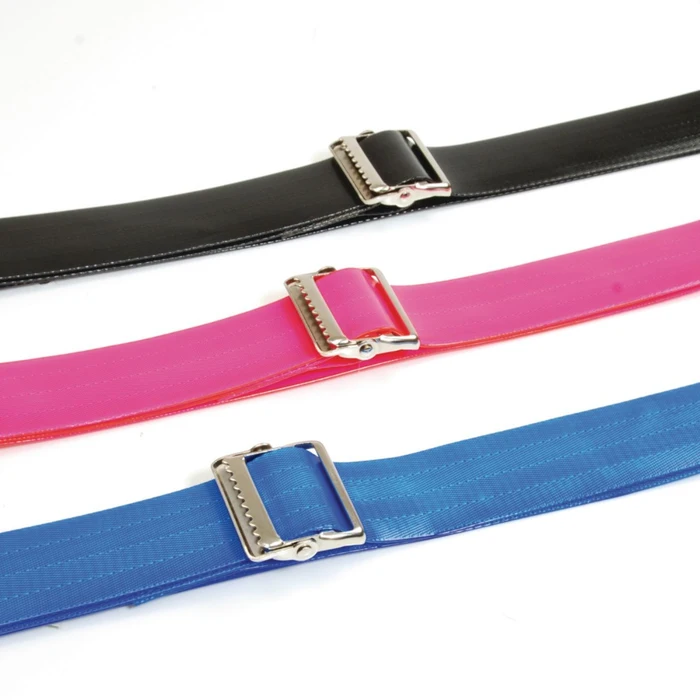
3. Infection Control Gait Belts
Available in 60 and 72 inches, Infection Control Gait Belts are designed for quick and effective disinfection. Their smooth, no-absorbing surface gives the belts the ability to minimize germ diffusion.
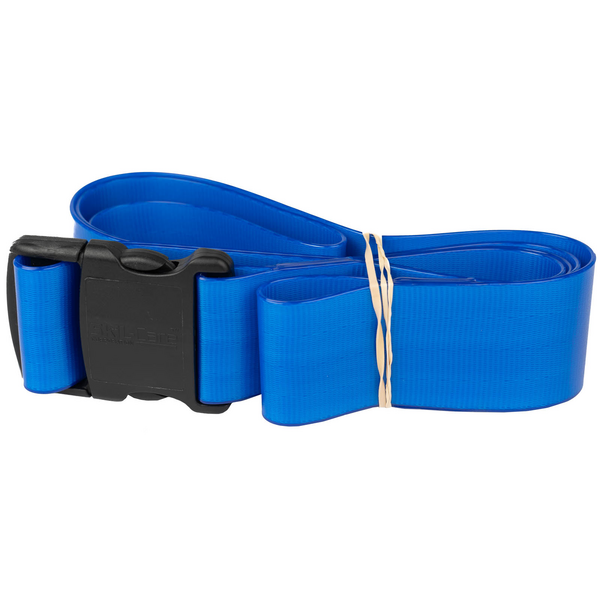
“One of a couple good offerings from Performance Health for a multi-patient use gait belt. If you’re in the clinic or hospital and seeing multiple clients or patients per day, this Infection Control Gait Belt or the Easi-Care Gait Belt offers a durable, multi-use gait belt option that is easy to wipe down and disinfect between clients.”
- Dr. Kirsten Davin, OTD, OTR/L, ATP, SMS
4. Sammons Preston Padded Gait Belt
Designed with comfort in mind, the soft, breathable fabric allows a more comfortable fit to be used for extended periods of time. The belt features four nylon looped handles on the back and sides of the belt offering more places to grab when transferring or guiding patients. Plus, the wider belt also helps displace some pressure on the patient.
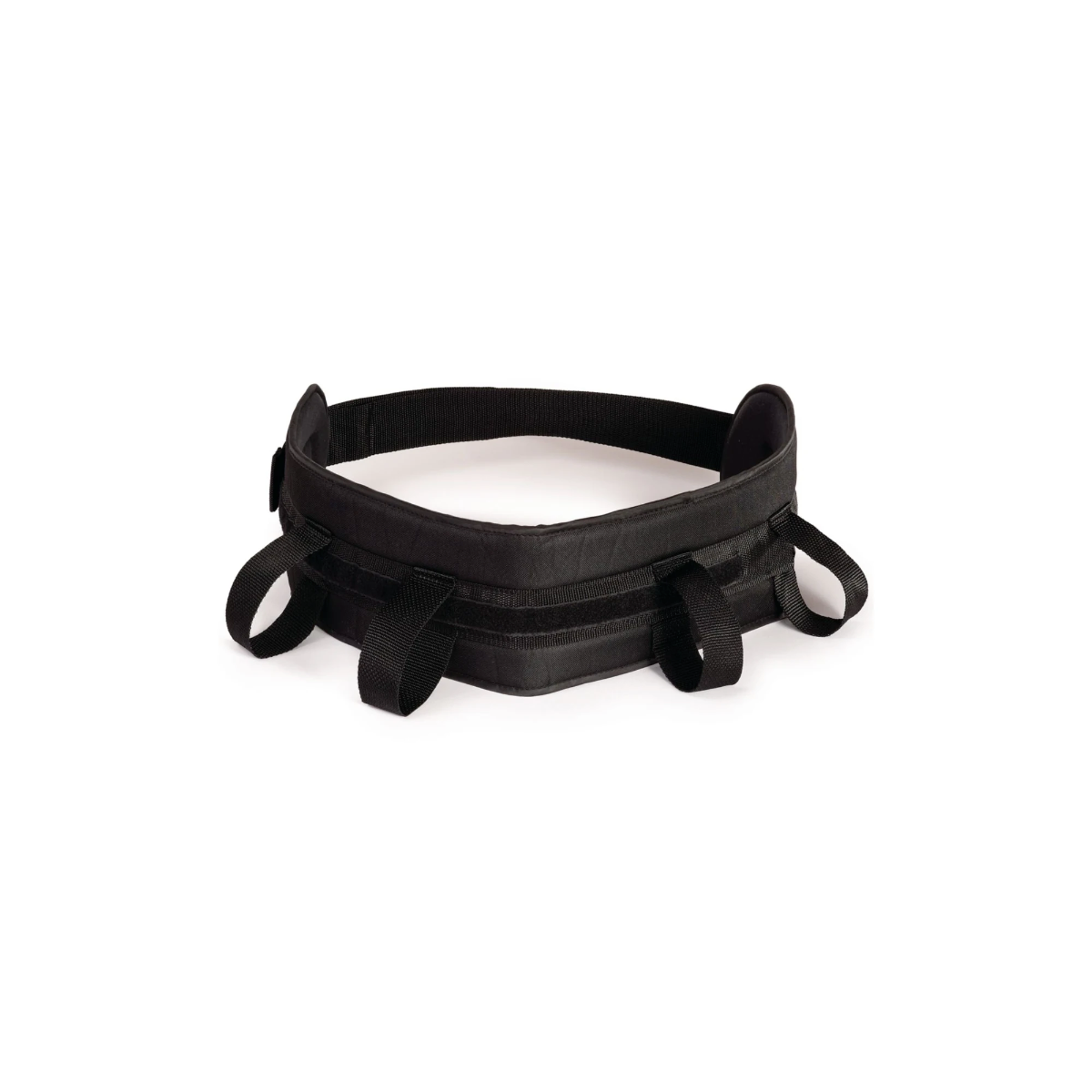
5. Multi-Handled Gait Belt
Made with a generous 4 inches of width for comfort, the Multi-Handled Gait Belt features four vertical and two horizontal handles. Made with machine washable nylon, it also has a quick-release plastic buckle.
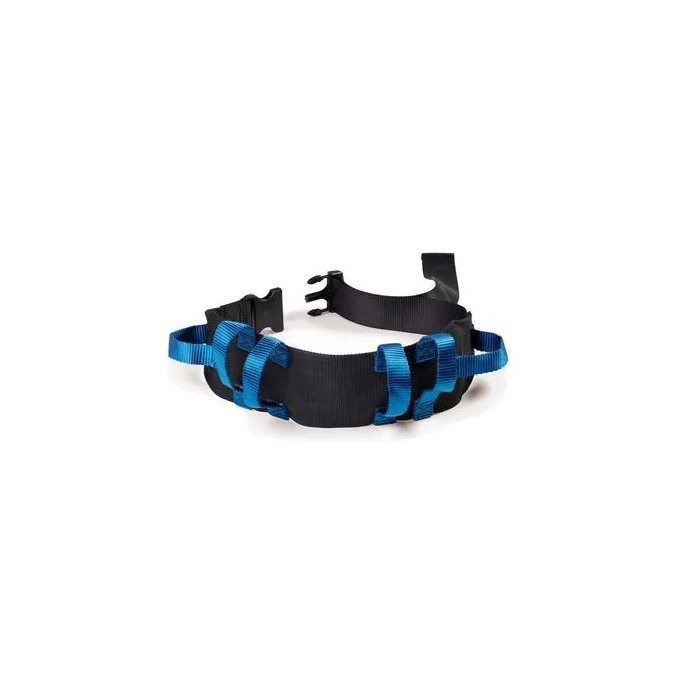
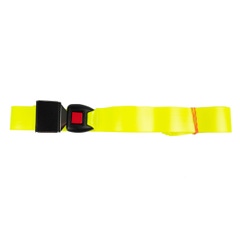
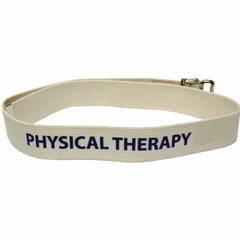
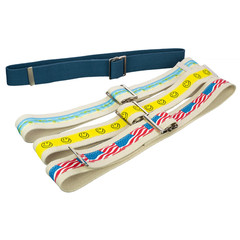
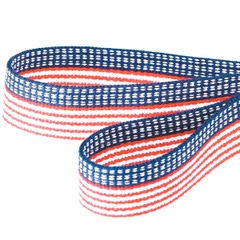
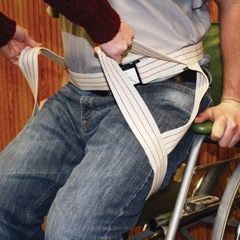
The Agency for Healthcare Research and Quality estimates every year an estimated 700,000 to 1 million hospitalized patients fall. 3 Performance Health offers a variety of resources to help with transfers and hospital fall prevention. Some items that help with fall prevention include mobility aides, safe footwear, hip protectors, and bed alarms. To learn more about other fall prevention strategies, check out our article here. A list of resources to help with transfers can be found below.
1. Fall Prevention Mat
The Dycem Floor Mat is made of nonslip polymer material, allowing the base to hold to the floor itself while providing shock absorption. Only 3/32 inches thick, it is cleared by most doors. The map provides grip when standing or walking.
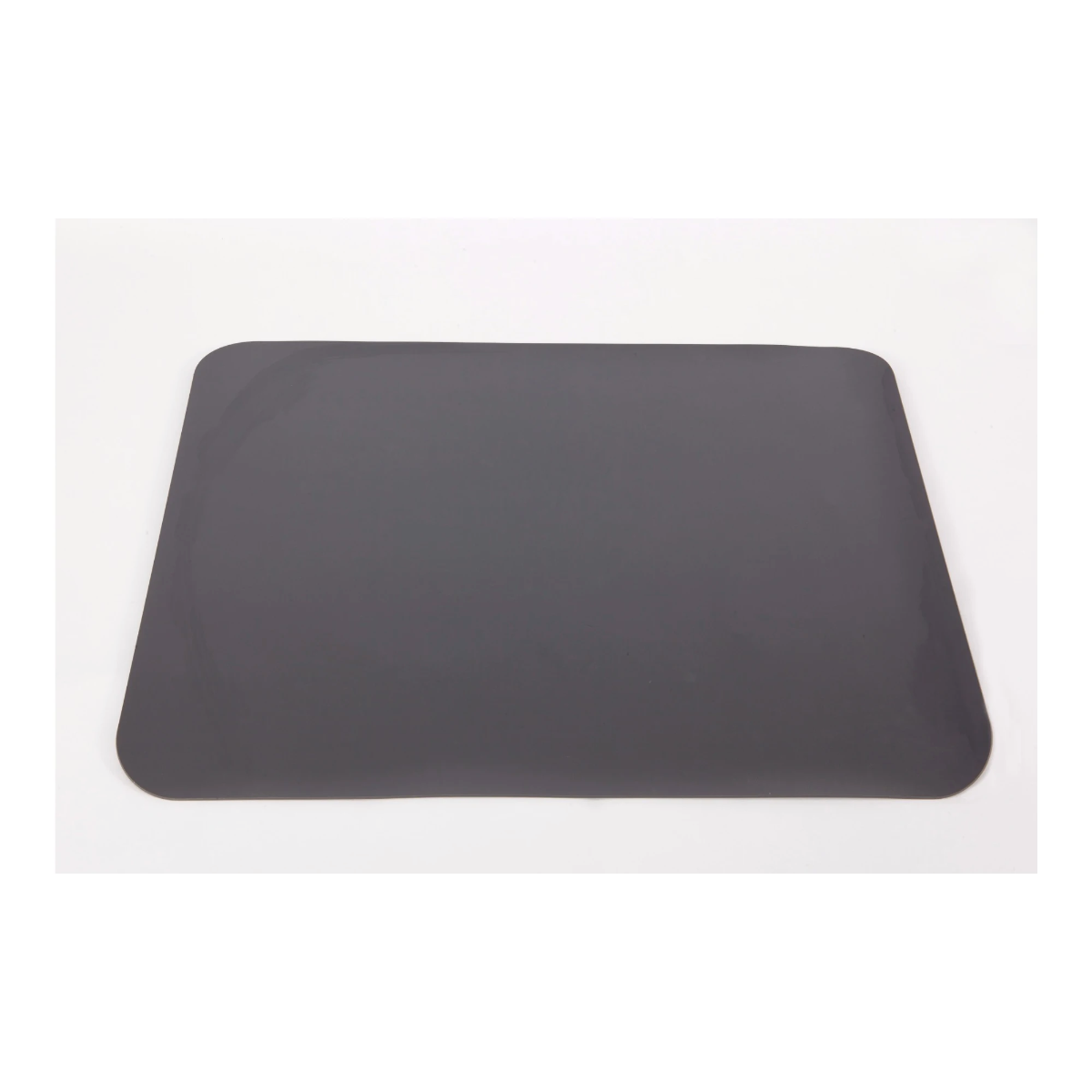
2. Days Curved Transfer Board
Designed to ensure safe movement, this board arch follows a natural sweeping motion of an assisted transfer, helping prevent slips and falls. Made from solid, reinforced plastic, it is waterproof, easy to wipe clean, and resists shattering, chipping, and splintering.
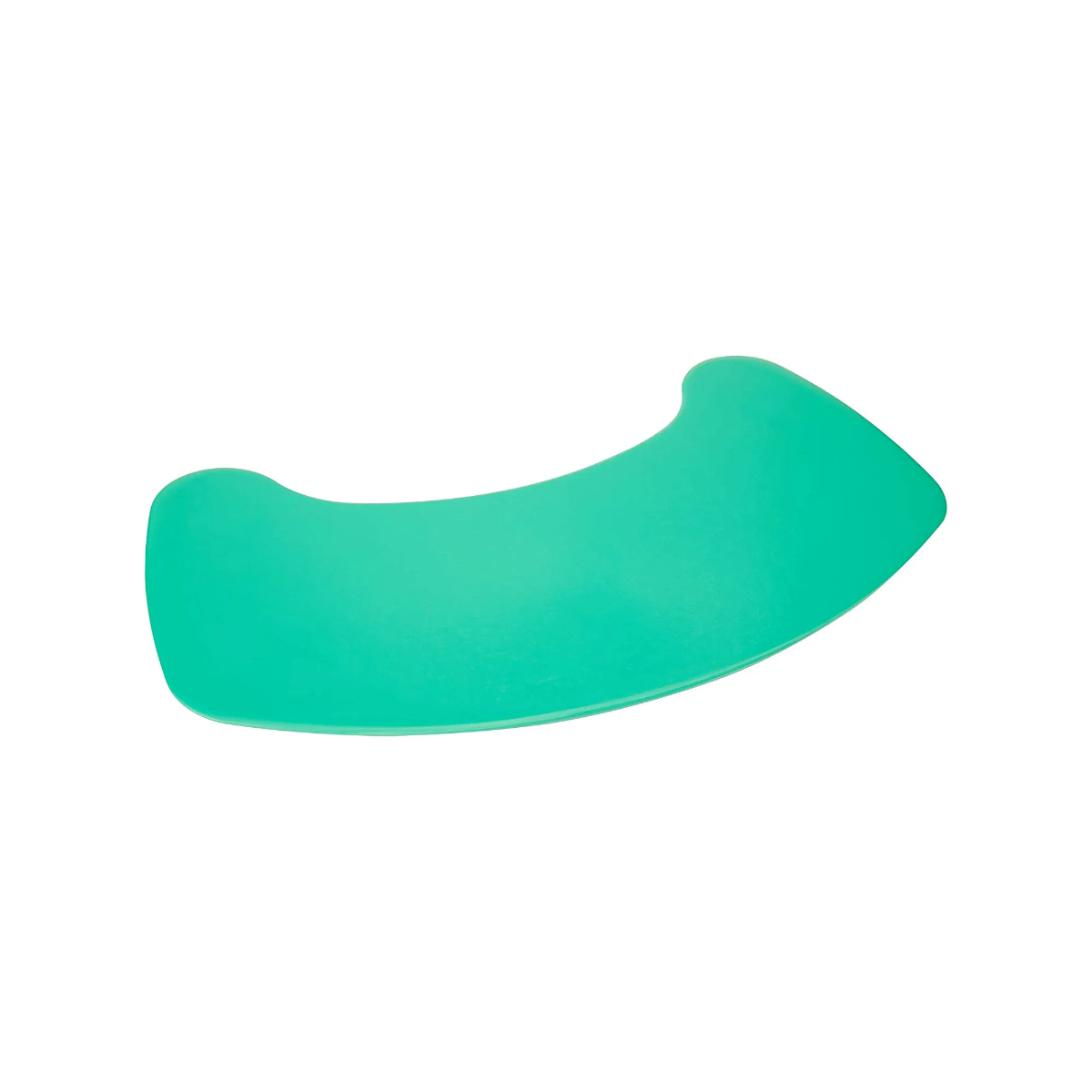
3. Sammons Preston Walking Belt
Ideal for patients who need assistance walking or during transfers, the grip handles make it easier for caregivers to hold up patients and correct any risky movements they might have.
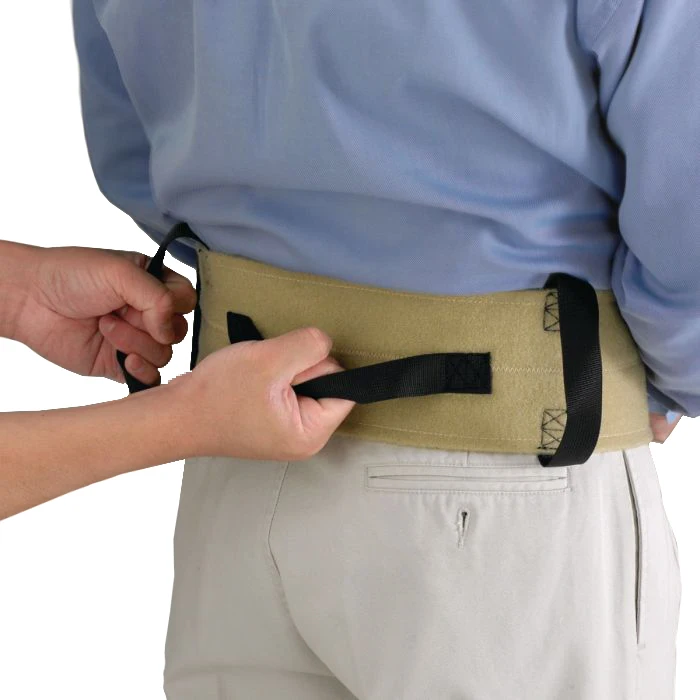
4. Landing Strip Advanced Fall Protection
Made with a high-density foam core, this mat has tapered-to-the-floor edging to prevent ripping and allows items to easily be rolled over it. The landing strip also has a nonslip vinyl base to ensure it will not slip away during use.
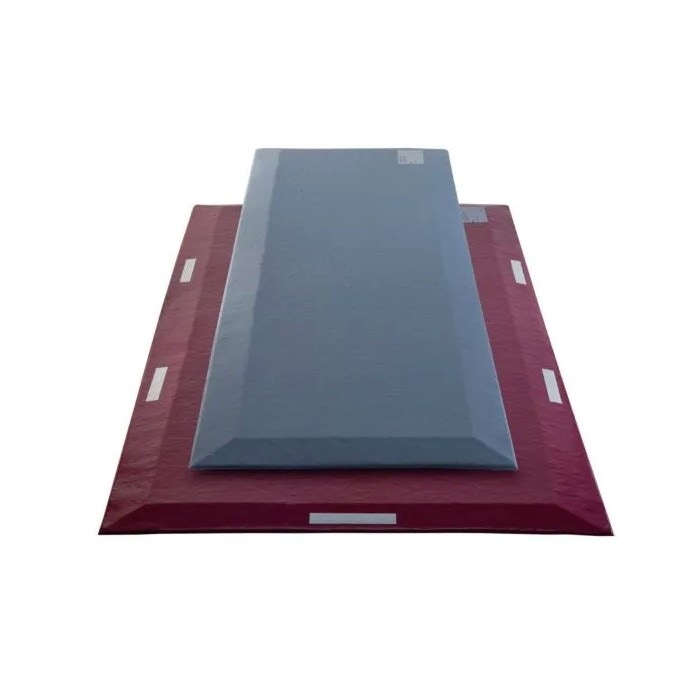
5. Days Bed Assist Handle
For patients who can have some motion during transfers, this handle provides a steady grip for them on the side of their beds in a hospital, care facility, or at home.
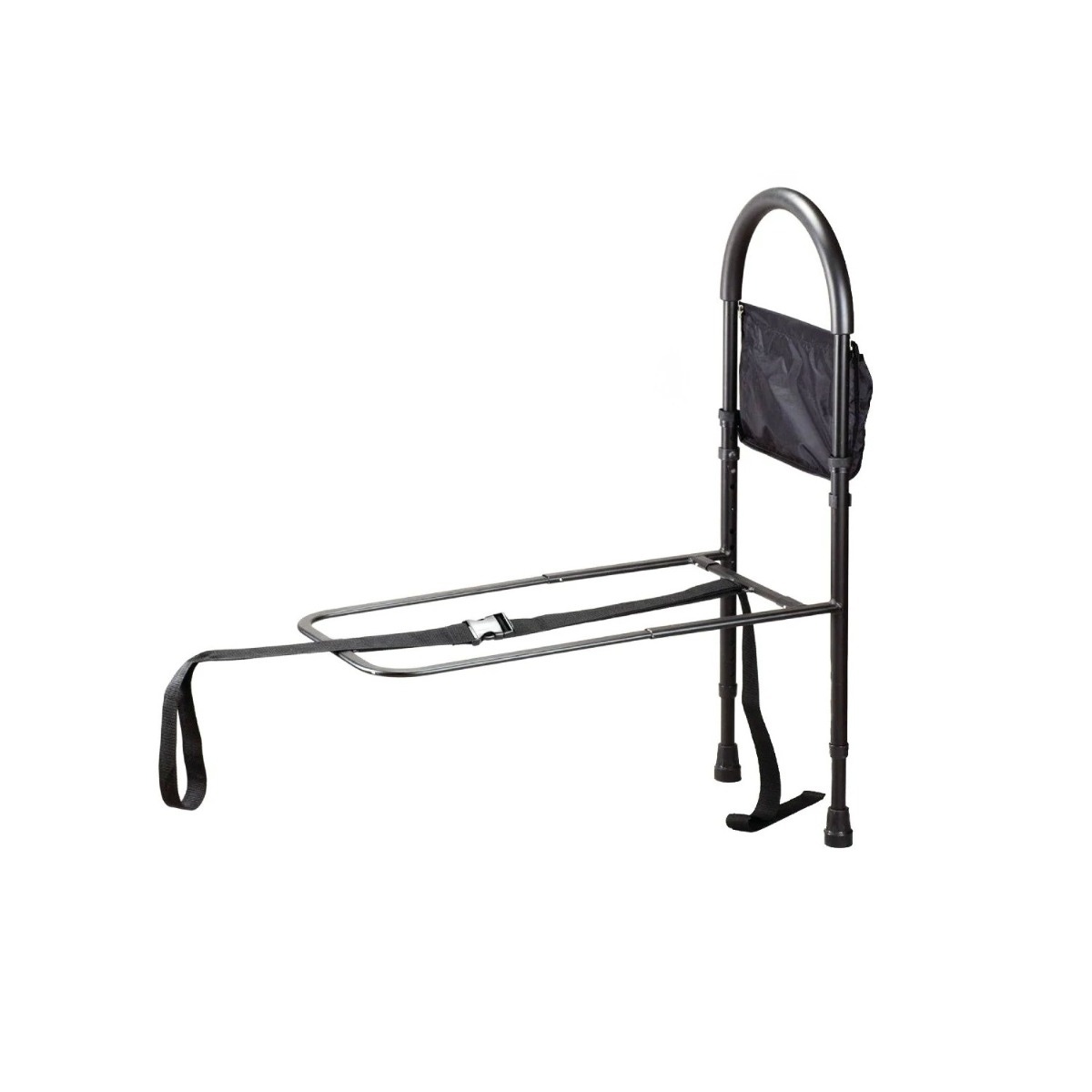
While many falls occur in a hospital, there are ways to prevent them. Performance Health offers a variety of resources to help with hospital fall prevention and transfers. We offer a variety of gait belt options to help alleviate the pressure nurses feel when transferring patients and hopefully cut down on musculoskeletal injuries.
Medical Disclaimer: The information provided on this site, including text, graphics, images, and other material are for informational purposes only and are not intended to substitute for professional medical advice, diagnosis, or treatment. Always seek the advice of your physician or other healthcare professional with any questions or concerns you may have regarding your condition.